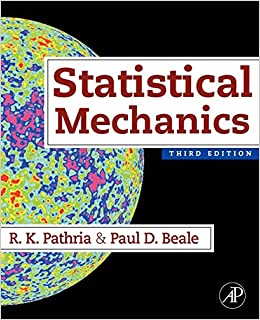A function (f(x)) is said to be concave over an interval ((a, b)) if it satisfies the
Question:
A function \(f(x)\) is said to be concave over an interval \((a, b)\) if it satisfies the property
\[
f\left\{\lambda x_{1}+(1-\lambda) x_{2}\right\} \geq \lambda f\left(x_{1}\right)+(1-\lambda) f\left(x_{2}\right),
\]
where \(x_{1}\) and \(x_{2}\) are two arbitrary points in the interval \((a, b)\) while \(\lambda\) is a positive number in the interval \((0,1)\). This means that the chord joining the points \(x_{1}\) and \(x_{2}\) lies below the curve \(f(x)\). Show that this also means that the tangent to the curve \(f(x)\) at any point \(x\) in the interval \((a, b)\) lies above the curve \(f(x)\) or, equivalently, that the second derivative \(\partial^{2} f / \partial x^{2}\) throughout this interval \(\leq 0\).
Fantastic news! We've Found the answer you've been seeking!
Step by Step Answer:
Related Book For 

Question Posted:





